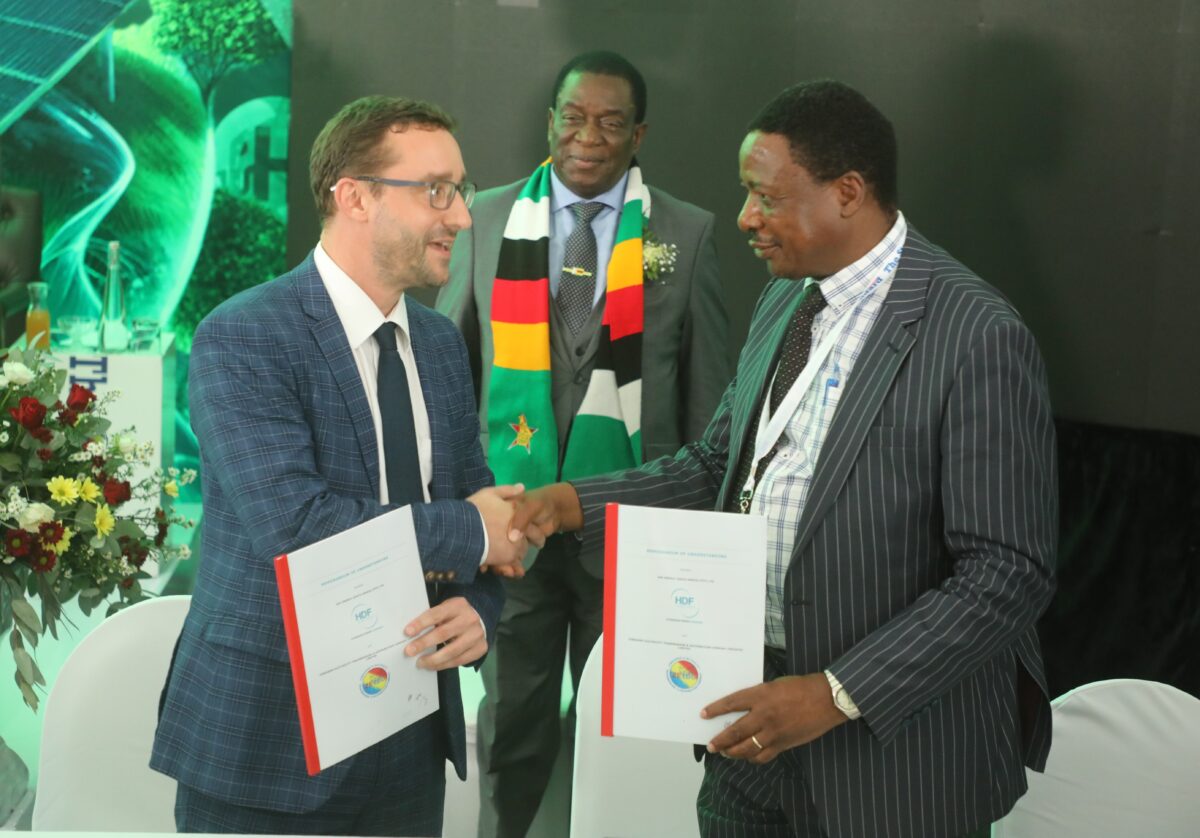Hydrogène de France (HDF) and Zimbabwe Electricity Transmission and Distribution Co. (ZETDC) have agreed to develop Zimbabwe's first utility-scale green hydrogen power plant. HDF Energy is developing the project in Manicaland province, in southeastern Zimbabwe, while the country's largest generation assets are in the northwest. The plant will provide continuous green power to the grid via a substation located 4 km from the project site,” said HDF, noting that annual electric production will reach 178 GWh.
Rystad Energy says that Africa’s total announced electrolyzer pipeline capacity has reached 114 GW, with 61% of it in Sub-Saharan countries. It said the region has an announced electrolyzer pipeline of about 70 GW, with Mauritania accounting for 50% of the total, followed by South Africa and Namibia. The Norwegian research firm said that just 13 MW of the planned 114 GW have reached a final investment decision to date. “Sub-Saharan Africa holds a highly strategic position for the development of a successful green hydrogen economy, as South Africa sits on about 90% of the world’s global platinum group metals reserves – critical for the production of polymer electrolyte membrane (PEM) electrolyzers,” it said.
Teco 2030 has signed an agreement with an undisclosed party to cooperate on up to 50 MW of fuel cell projects. “The projects represent marine fuel cells- and on-shore stationary fuel cell systems in megawatt scale,” said the Norwegian company. “The [deal] outlines a three-year cooperation commitment to successfully execute the project objectives.”
AFC Energy has launched a new ammonia cracker platform, with a focus on markets in Europe and Asia. “The ammonia cracker’s modular design and low-cost system architecture makes the cracker readily scalable from small-scale hydrogen production to multi-million tonnes per annum,” said the London-based company. It added that it is in discussions with ship owners, European utilities, OEMs, and industrial scale hydrogen users.
Air Liquide has announced the construction of an industrial-scale ammonia (NH3) cracking pilot plant in the port of Antwerp, Belgium. The authorities have confirmed financial support for the pilot plant, which will be operational by 2024.
This content is protected by copyright and may not be reused. If you want to cooperate with us and would like to reuse some of our content, please contact: editors@pv-magazine.com.



5 comments
By submitting this form you agree to pv magazine using your data for the purposes of publishing your comment.
Your personal data will only be disclosed or otherwise transmitted to third parties for the purposes of spam filtering or if this is necessary for technical maintenance of the website. Any other transfer to third parties will not take place unless this is justified on the basis of applicable data protection regulations or if pv magazine is legally obliged to do so.
You may revoke this consent at any time with effect for the future, in which case your personal data will be deleted immediately. Otherwise, your data will be deleted if pv magazine has processed your request or the purpose of data storage is fulfilled.
Further information on data privacy can be found in our Data Protection Policy.